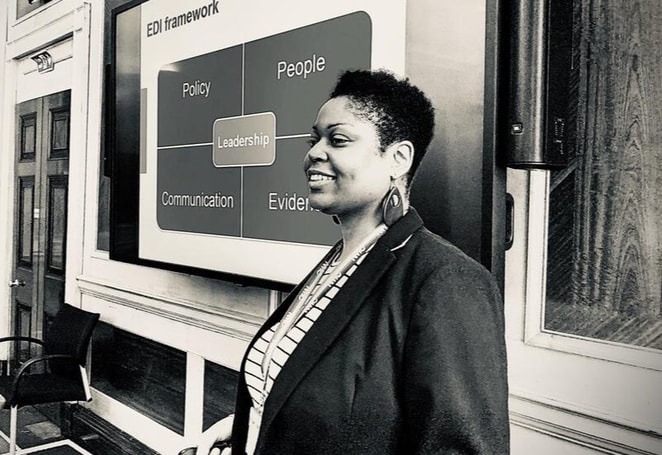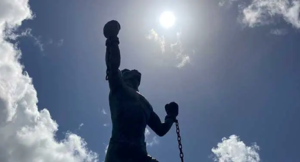Strategic evidence-based diversity equality and inclusion solutions
Advice and guidance for difficult and sensitive topics
Contact us to explore how we can support you. |
Our Services
See below some examples of the services available.
Advice
Contextual advice on difficult and sensitive topics. Providing discrete guidance to manage reputational risk.
Audits, reviews and impact assessments
Root cause analysis of barriers to inclusion. Equality impact assessments for compliance with equality legislation.
Policy and guidance
Writing policies and guidance for employees and customers. B2B and B2C.
Employee engagement
Create diversity staff networks and analyse staff survey results.
Diversity data monitoring
Increase the percentage of diversity data you hold, compliant with GDPR.
❝ It is not our differences that divide us. It is our inability to recognize, accept, and celebrate those differences…
Audre Lourde
Our Blogs
Reparatory justice for people of Caribbean descent – a perspective from the diaspora
aishnine
Emancipation statue, Barbados When I was younger the thought of reparations and repatriation for the transatlantic slave trade seemed ridiculous....
Read More
Trans Day of Visibility (TDOV) and healthcare – not a debate
Aishnine Benjamin
Today, 31 March is International Trans Day of Visibility (TDOV). The topic of trans, transgender and non-binary equality is sensitive...
Read More
Setting the foundations for tackling race inequality in the workplace
Aishnine Benjamin
Organisations often know they have a problem with race equality. Their employee data, seeing that people from different racial groups...
Read More
Get In Touch
About
Pieris Paths
Led by Aishnine Benjamin, equality, diversity and inclusion professional in healthcare. Extensive equalities-related work experience, voluntary work advocating for social justice and academic background in racial equality and human rights




